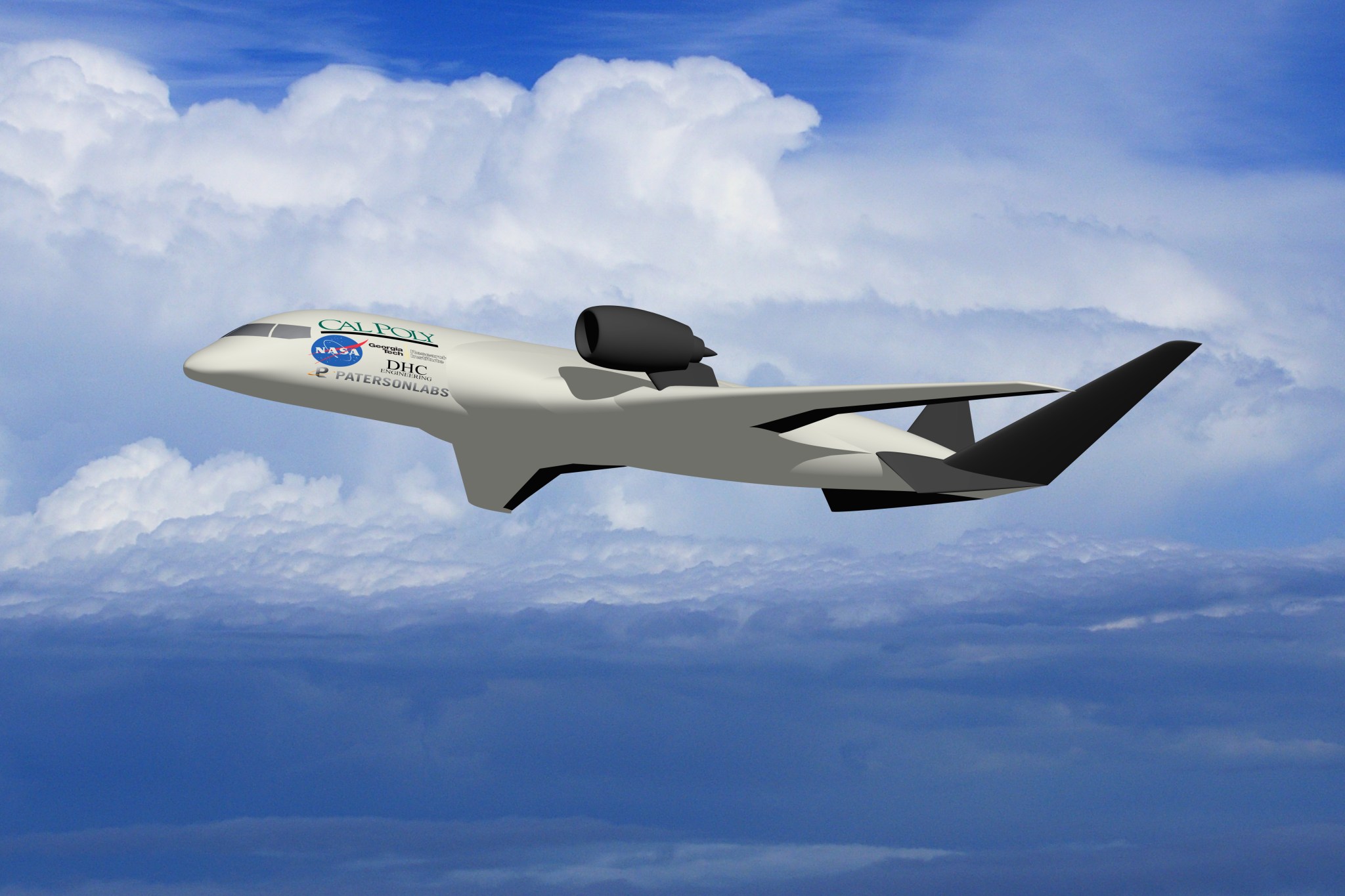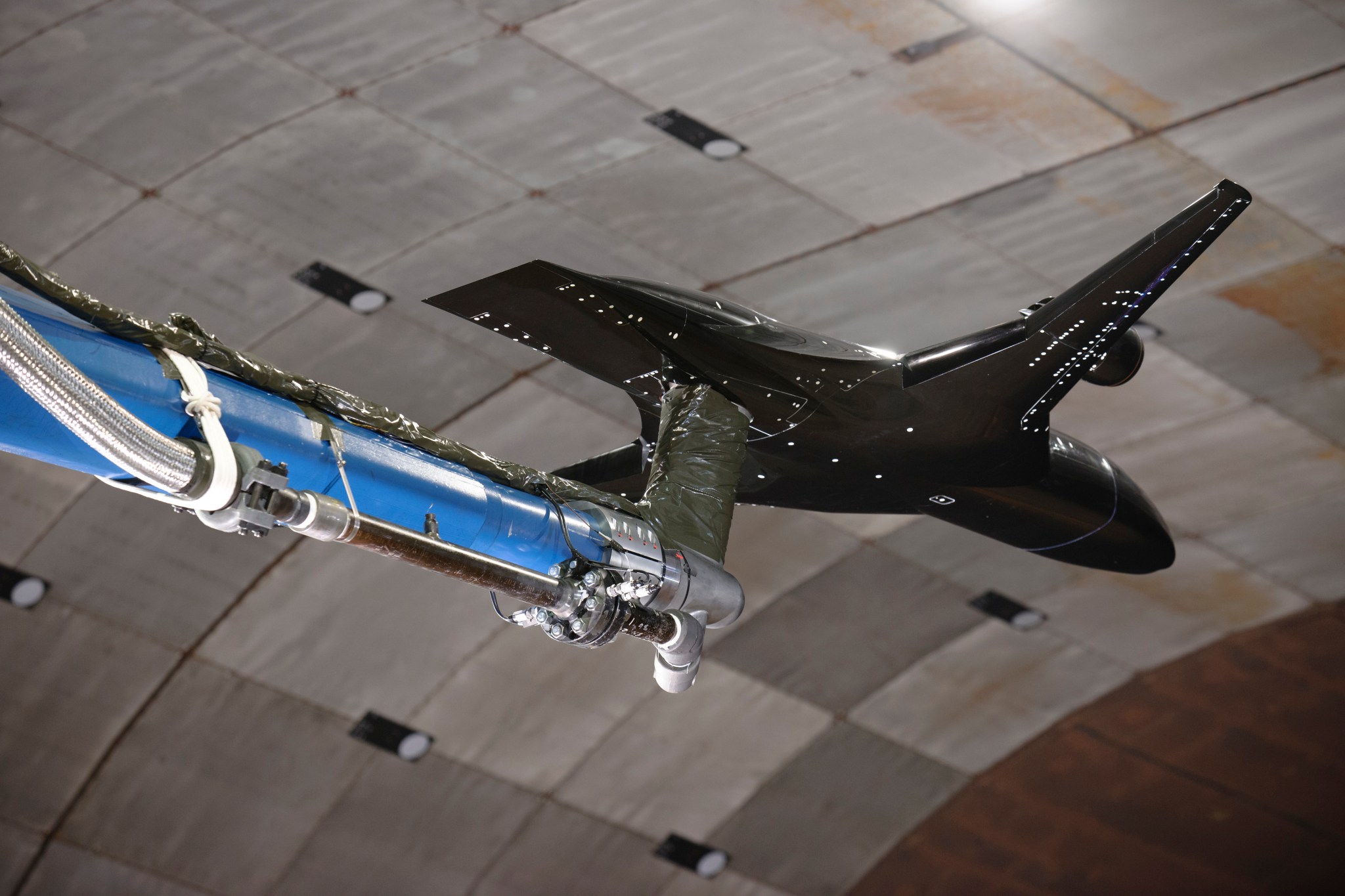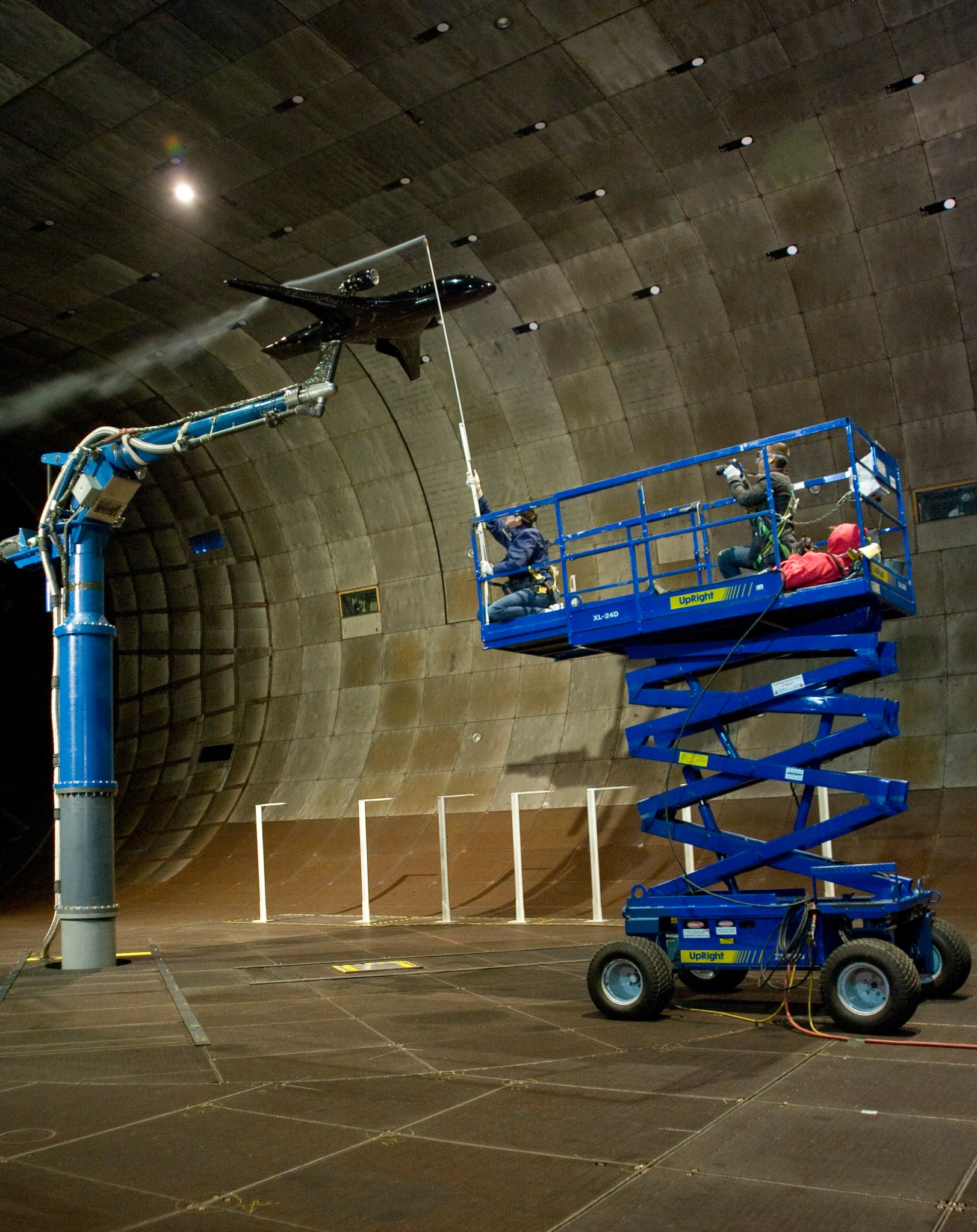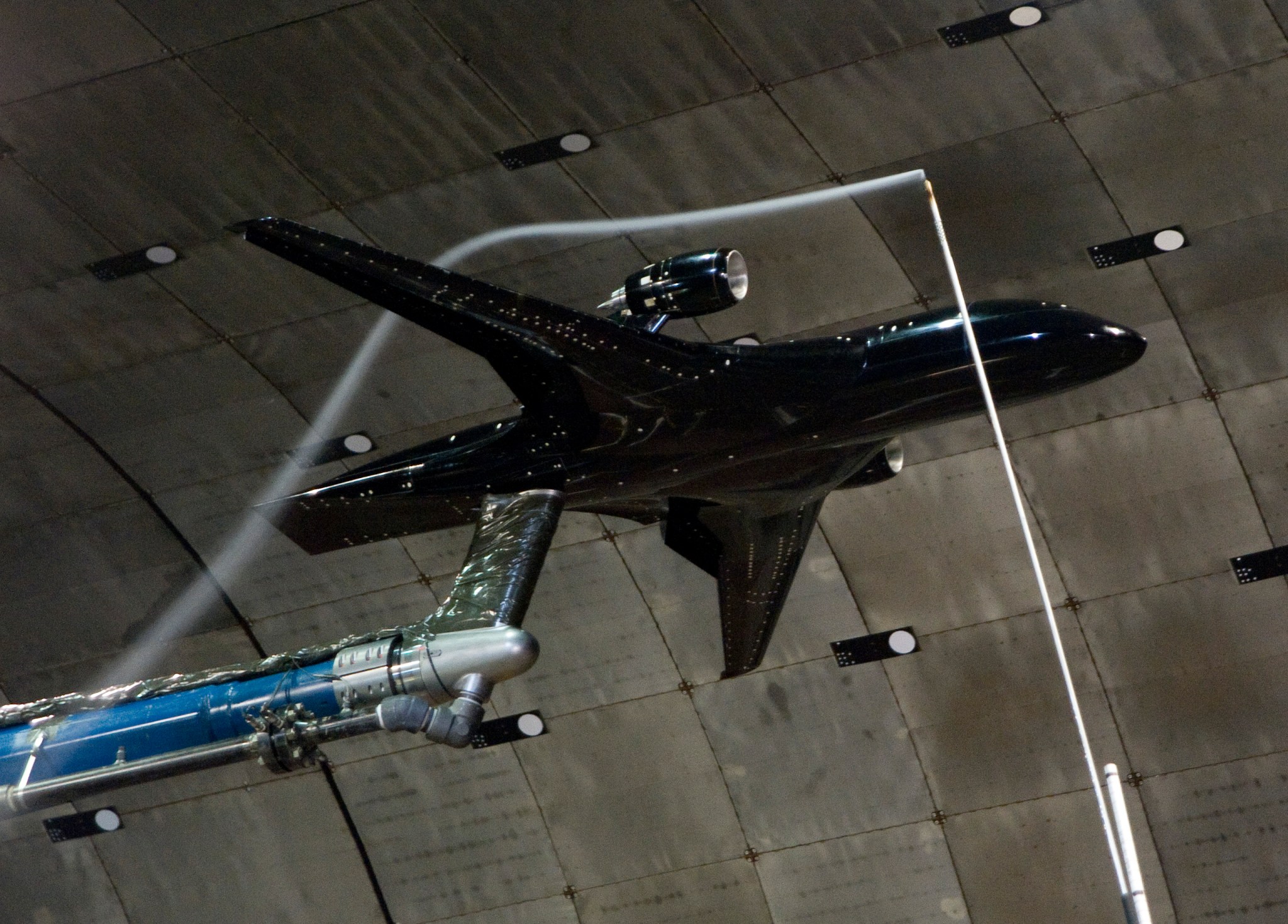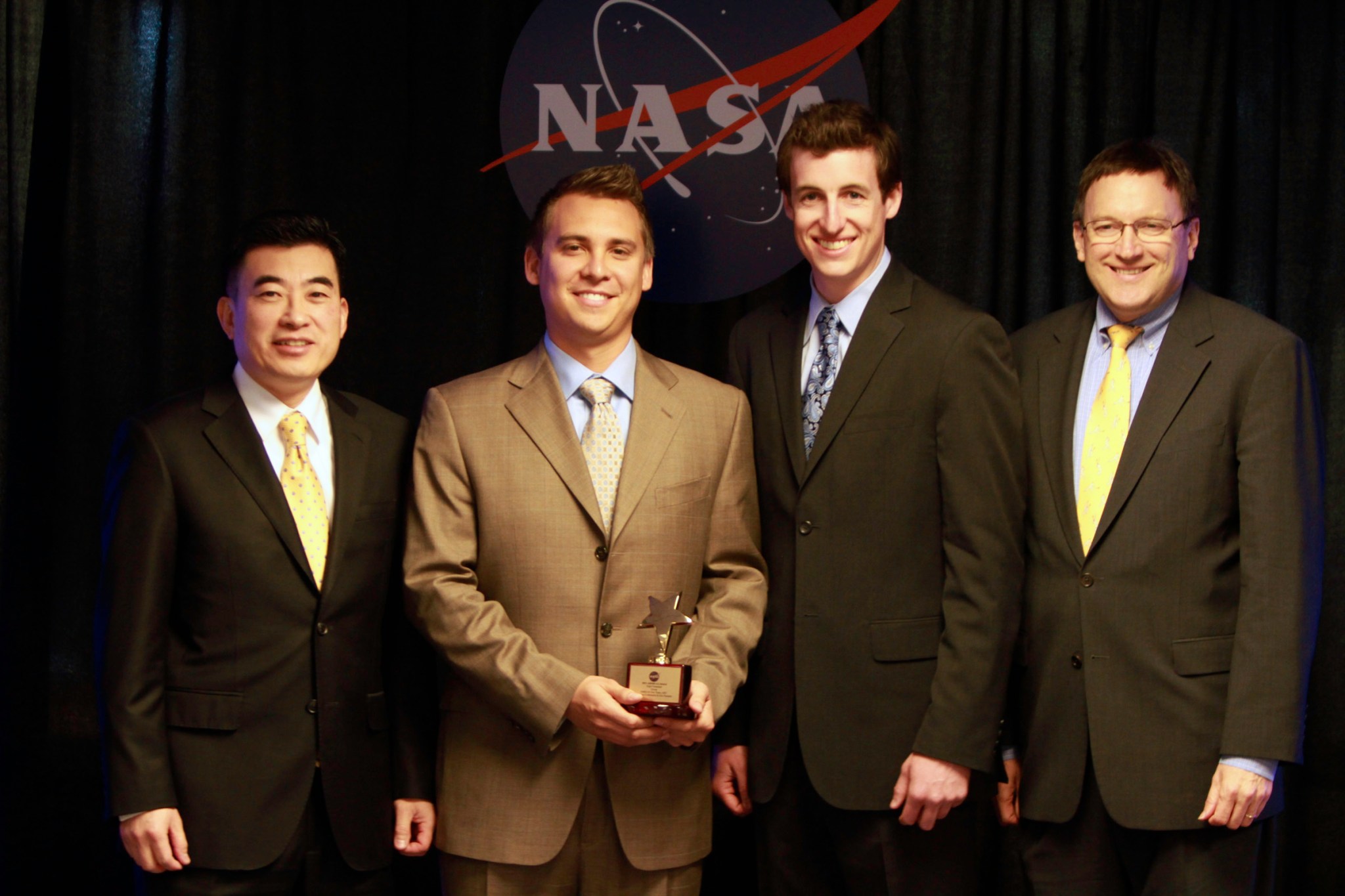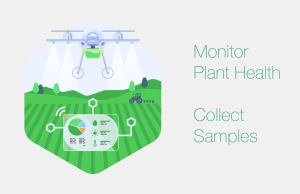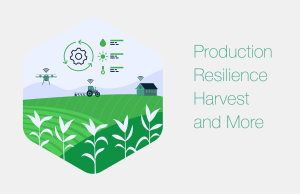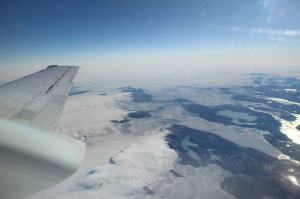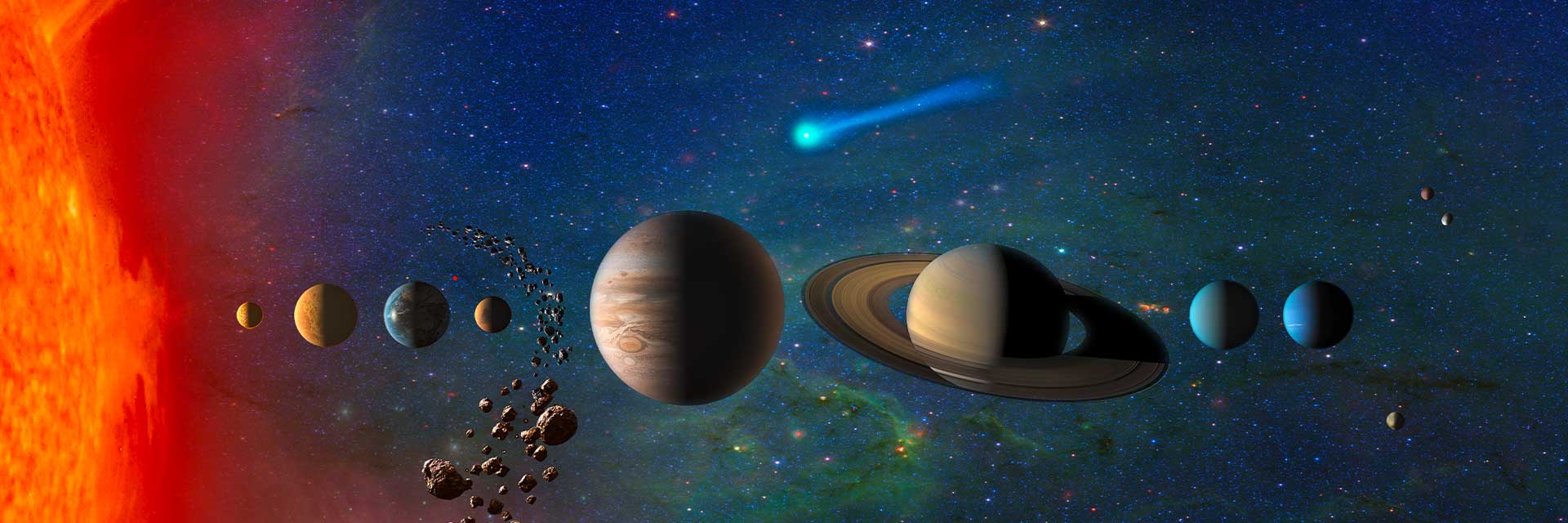With its pair of jet engines riding on top, it looks like an airplane that has its wings bolted on upside down. But this innovative 1/11th-scale model recently tested by NASA in a California wind tunnel might represent the future of commercial aviation.
Nicknamed AMELIA – an acronym for Advanced Model for Extreme Lift and Improved Aeroacoustics – the 2,500-pound aluminum and steel model was meant to test, for the first time together, three aircraft design features that usually cause conflicts with each other.
“We know we can do short take-off and landing. We know we can do cruise efficient aircraft. And we know ways to reduce aircraft noise. The question was can we do all three at the same time?” said Michael Rogers, NASA’s technical lead for the Efficient Aerodynamic Subproject at the Ames Research Center in California.
Airplanes designed to take off and land in shorter distances usually have more powerful engines, which are noisy, or wing shapes that make them ideal for creating a lot of lift but not for efficiently cruising at altitude without sacrificing speed or fuel.
On the other hand, wings designed to allow an aircraft to fly efficiently through the air – at high speed and with less resistance – usually require longer runways for take-offs and landings, which would prevent them from being able to fly into and out of smaller airports that have shorter runways.
Measurements of the air flow and noise taken during the wind tunnel tests seem to hint that AMELIA’s design does offer a potential solution, but the test’s true value is that information gathered with the model will help engineers craft new airplanes in the future.
“What these tests really did for us was to generate data for an aircraft configuration that won’t necessarily be flying, but will certainly look quite a bit different than what we’re seeing now or have seen in the past,” said Clif Horne, a NASA acoustics engineer at Ames.
AMELIA was designed as a 100 passenger, regional airliner that we might see in the 2025 or so timeframe, while also achieving goals NASA has set for a next generation aircraft in areas such as fuel efficiency and noise reduction.
Much of this work, including AMELIA, is part of the Fundamental Aeronautics Program operated by the agency’s Aeronautics Research Mission Directorate.
Among AMELIA’s unique features that were the focus of much attention is something called circulation control. This is where high pressure air is redirected from the jet engines and released through tiny slots that run most of the length of the wing’s front and back edges.
As the expelled air passes over the wing and the flaps it creates extra lift through its interaction with the air already moving over the wing that is created by the airplane’s forward momentum.
With the help of that blowing you’re creating additional lift that helps you get off the ground at much slower speeds and land with much steeper descent angles, while also helping to confine noise within the airport boundary.

MICHAEL ROGERS
Technical Lead for the Efficient Aerodynamic Subproject
In partnership with NASA, AMELIA was designed, built and tested by the California Polytechnic State University in San Luis Obispo, Calif., through a $4.75 million NASA Research Agreement.
“We wanted to identify game changing technologies for the aircraft industry, determine how well our current tools could model these technologies, and then come up with a wind tunnel experiment to validate those tools and improve our predictive capabilities,” said David Marshall, an associate professor with Cal Poly’s aerospace engineering department.
Marshall served as the principal investigator of the project, which was named in honor of Amelia Earhart, who in 1936 visited the Cal Poly Aeronautical Engineering Department campus to check on the rebuilding of a pair of Boeing P-12 Army pursuit planes.
AMELIA involved as many as 30 students, from summer interns to graduate students writing their masters’ theses.
“It was a unique opportunity for them to be involved in such a big facility, and I think they really rose to the task and really just lived this effort for at least a year or so as the model was built and then tested in the wind tunnel,” Rogers said.
Two students in particular – Jonathan Lichtwardt and Eric Paciano – were instrumental in the project and were recognized with a “High Potential Award” presented by Jaiwon Shin, NASA’s associate administrator for the Aeronautics Research Mission Directorate in Washington, D.C.
“Jonathan and Eric have demonstrated their abilities to acquire engineering knowledge and hands-on learning experience and applied them superbly to enable successful completion of the AMELIA test,” Shin said.
Both students were so dedicated to the project that they delayed their graduation by nearly a year to see the AMELIA project wind tunnel tests at the National Full-Scale Aerodynamics Complex at Ames through to completion.
“Opportunities to see a large scale wind tunnel test from early planning, to testing and data reduction, and be there at every step, are few and far between and typically unheard of for students,” said Paciano. “The delay to my final graduation date was well worth it.”
Lichtwardt agreed.
“For almost nine months we worked alongside NASA engineers, preparing for and finally completing the wind tunnel test. I learned an incredible amount in the process, things that I could not have learned at Cal Poly. It was an experience that only NASA could provide,” Lichtwardt said.
NASA benefited from the collaboration as well, according to Ruben Del Rosario, NASA’s Subsonic Fixed Wing project manager at the Glenn Research Center in Cleveland.
“This was a unique effort, bringing the best from NASA and academia together to search for technological solutions for more advanced transport aircraft. AMELIA in particular will help us improve the tools we use to design airplanes that will meet the future needs of aviation,” Del Rosario said.
Results of the tests with AMELIA will be released to the aeronautical community as the data reduction continues. A small subset of data is expected to be available in June, and a series of technical papers will be presented at a major conference in January 2013, after which a final NASA report is expected to be published.



























